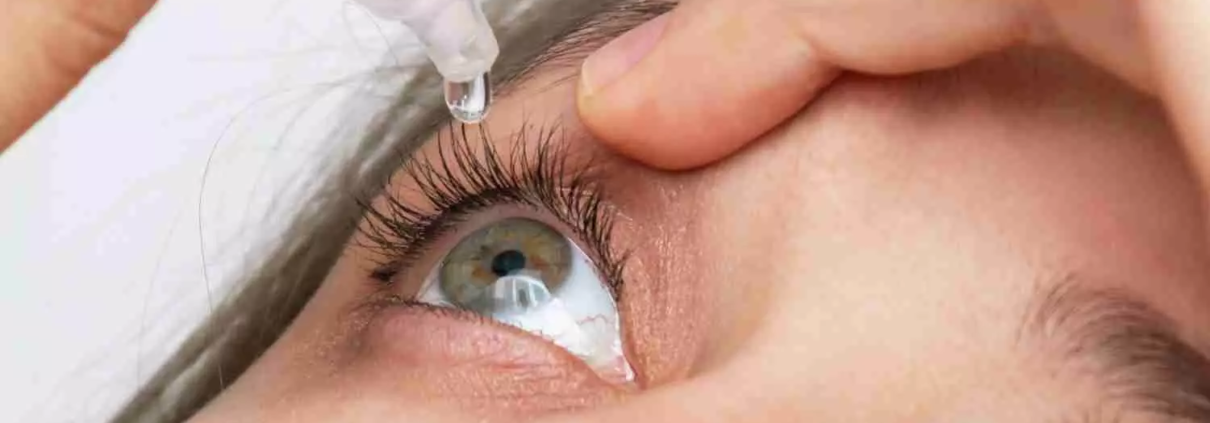Two sessions of low-level light therapy may decrease ocular pain and dry eye disease symptoms after cataract: BMJ

A new study published in the British Journal of Ophthalmology found that low-level light therapy (LLLT) can dramatically lessen symptoms of dry eyes after cataract surgery. Despite the growing evidence that patients with pre-existing dry eye disease (DED) must optimize their ocular surface prior to cataract surgery in order to achieve the intended postoperative outcomes, it is still worth to investigate the prophylactic treatment of healthy patients who were undergoing surgery in order to prevent iatrogenic DED. Low-level laser therapy is a rapidly emerging technique used to treat a wide range of diseases requiring healing stimulation, pain and inflammation reduction, and function restoration. Therefore, Giuseppe Giannaccare and team carried out this study in order to assess the effectiveness of low-level light treatment in iatrogenic dry eye disease.
This prospective, interventional, randomized, controlled, and double-masked randomized patients 1:1 to receive either sham treatment (LLLT with a power output less than 30%) or real light therapy. Two therapy sessions were performed on the patients where one was 7±2 day prior to cataract surgery (T0) and one was 7±2 day following (T1). The Ocular Surface Disease Index (OSDI) questionnaire, tear meniscus height, non-invasive break-up time (NIBUT), meibomian gland loss (MGL) and redness score were among the outcome markers assessed 30±4 days following surgery (T2).
The study found that 131 patients (70 men and 61 women, mean age 73.53±7.29 years) were randomly assigned to undergo LLLT (n = 73) or sham therapy (n = 80) and successfully completed the trial on a regular basis. At T1 and T2, the OSDI scores of patients treated with LLLT were significantly lower than those of controls. Additionally, there were higher NIBUT values at T2 and lower MGL Meiboscore values at T1. The patients treated with LLLT showed substantially higher NIBUT values at T2 when compared with T0 and considerably lower OSDI scores at T2 compared with controls.
This study demonstrates that after cataract surgery, low-level light treatment, or LLLT, can greatly reduce the symptoms of dry eyes. When comparing LLLT recipients before and after surgery to controls, it was evident that they had improved non-invasive break-up time values and significantly lower Ocular Surface Disease Index scores. Following surgery, the patients who received LLLT in particular reported decreased ocular pain and better tear film stability.
Source:
Giannaccare, G., Rossi, C., Borselli, M., Carnovale Scalzo, G., Scalia, G., Pietropaolo, R., Fratto, B., Pellegrini, M., Yu, A. C., & Scorcia, V. (2023). Outcomes of low-level light therapy before and after cataract surgery for the prophylaxis of postoperative dry eye: a prospective randomised double-masked controlled clinical trial. In British Journal of Ophthalmology (Vol. 108, Issue 8, pp. 1172–1176). BMJ. https://doi.org/10.1136/bjo-2023-323920



